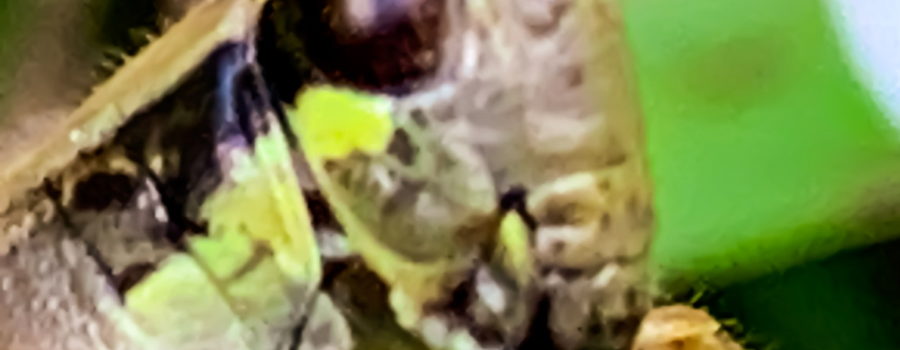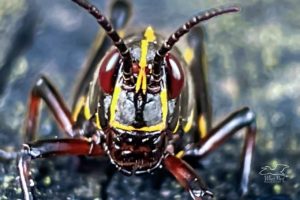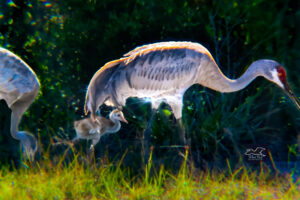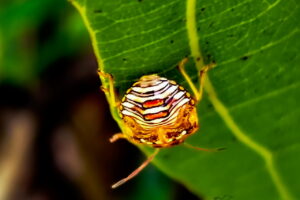The Iconic Red Legged Grasshopper is Beautiful and Amazingly Adaptable

By the end of the summer last year the areas where I allow some of the weeds that are more attractive to wildlife to grow had gotten pretty tall and thick. I love to (carefully, watch for snakes!) wade into the middle of a patch with my camera and get photos of the butterflies, bees, and wasps. I can sometimes spend a couple hours doing that if I’m having a good day. One afternoon last September I was having one of those good days when there was plenty to photograph and they were being reasonably cooperative. I had gotten photos of several different butterflies and a dotted bee fly, but there was one type of butterfly that I had just had no luck with. It was hot, and I was getting tired, so I decided to sit down for a bit.

After scouting the ground to make sure there were no snakes or piles of dog poop, I found a comfortable place to plop down. As I was sitting there resting for a minute, something came fluttering into the grass just in front of me. No, unfortunately it was not the butterfly I’d been trying to get some shots of. Instead, it was a pretty grasshopper with several multicolored patches on its body and bright reddish orangish legs with an elaborate herringbone pattern. We get quite a few grasshoppers, crickets, and katydids in our area because we have lots of woods with tall grassy underbrush that they tend to like. Some of them, like the obscure bird grasshopper, are fairly shy and not frequently seen, but this guy I recognized right away. This guy was a red legged grasshopper, and they are probably the most common type of grasshopper in North America. In fact, they are pretty much the iconic grasshopper you think of whenever someone mentions grasshoppers. They can be found in most of North America with the exception of places with very high elevation and the extreme northern part of the continent.

Still, even though this is a very common grasshopper, I had never had the chance to photograph one in such close quarters. I tried to stay as still as possible and still grab my camera, focus, and shoot a few shots. I got in a couple before in true clumsy style, I dropped the camera! I tried to grab it and lunged forward. When I had ahold of the camera again I was really surprised to see the grasshopper still sitting there unperturbed! Well, that’s just an open invitation to a photographer, so I went to snapping away. My patient little subject was very cooperative and allowed me to try some different angles, get in closer and pull back before finally deciding to fly off to another location. That flight reminded me of one really cool fact that I had read about these grasshoppers years ago. They are considered crop pests and can cause damage to a number of different plants, but if food becomes scarce for some reason (drought, plant diseases, etc.) these grasshoppers are capable of growing longer wings so that they can fly further in order to find food. What an incredible adaptation! What do you think?





Recent Comments